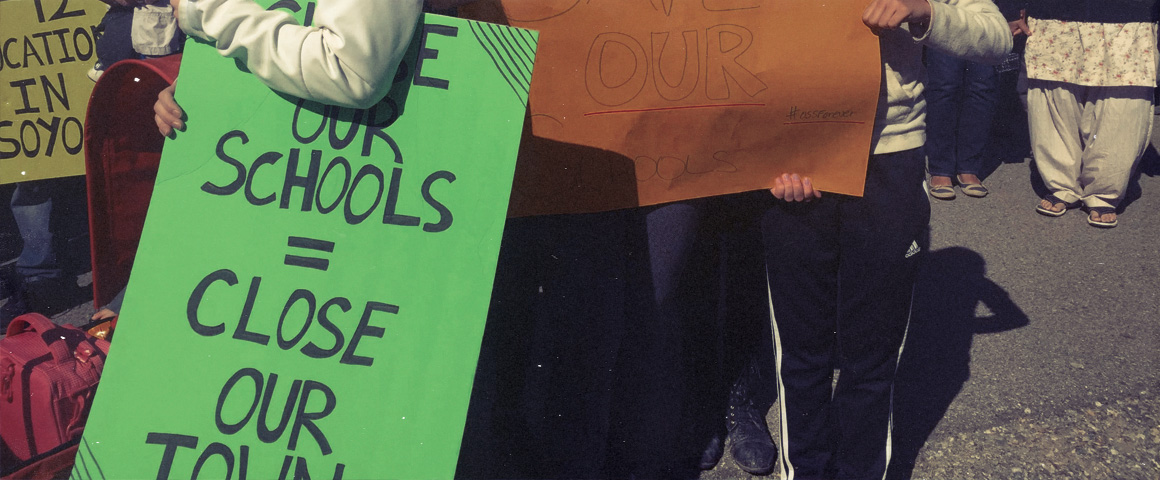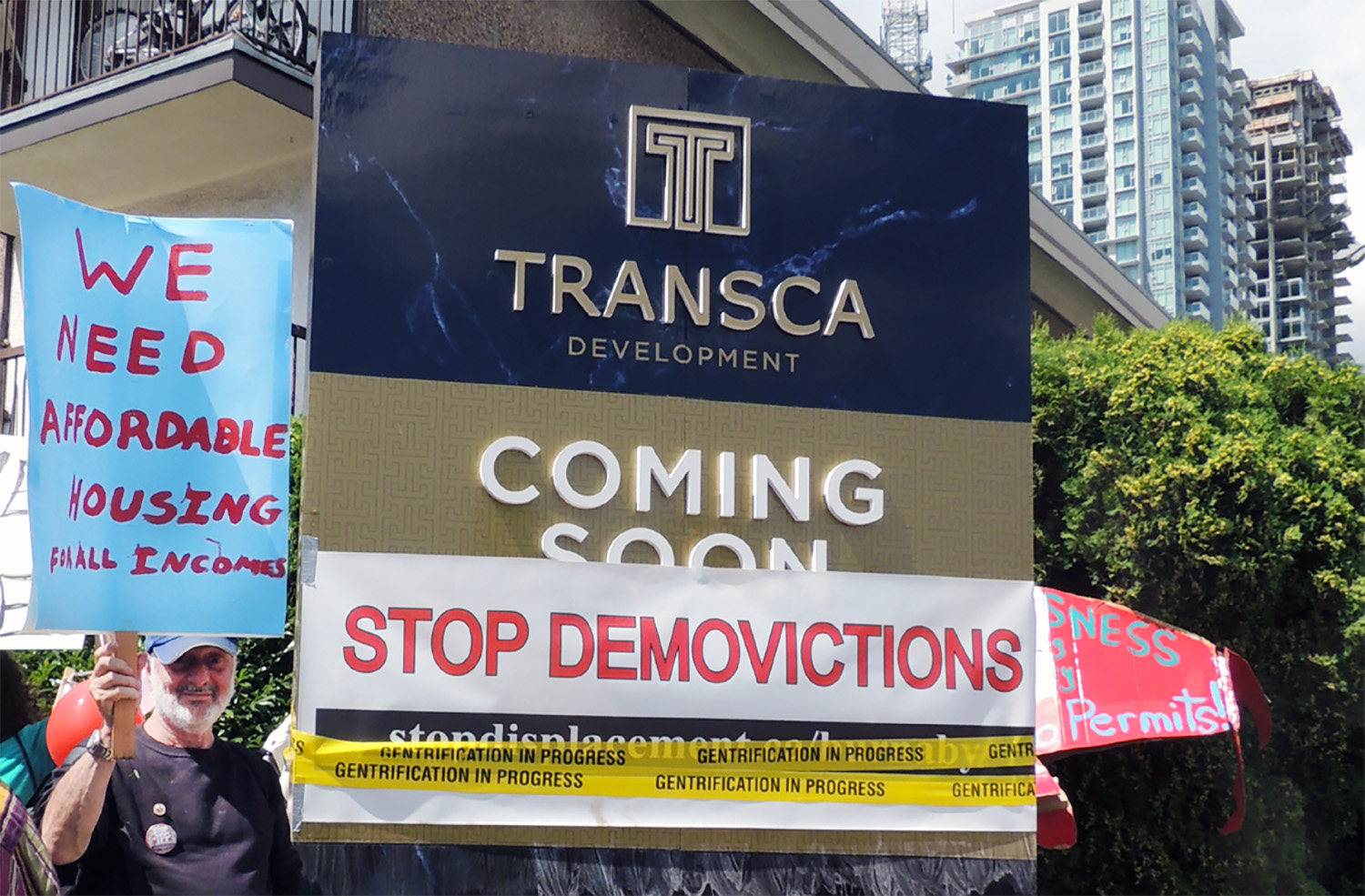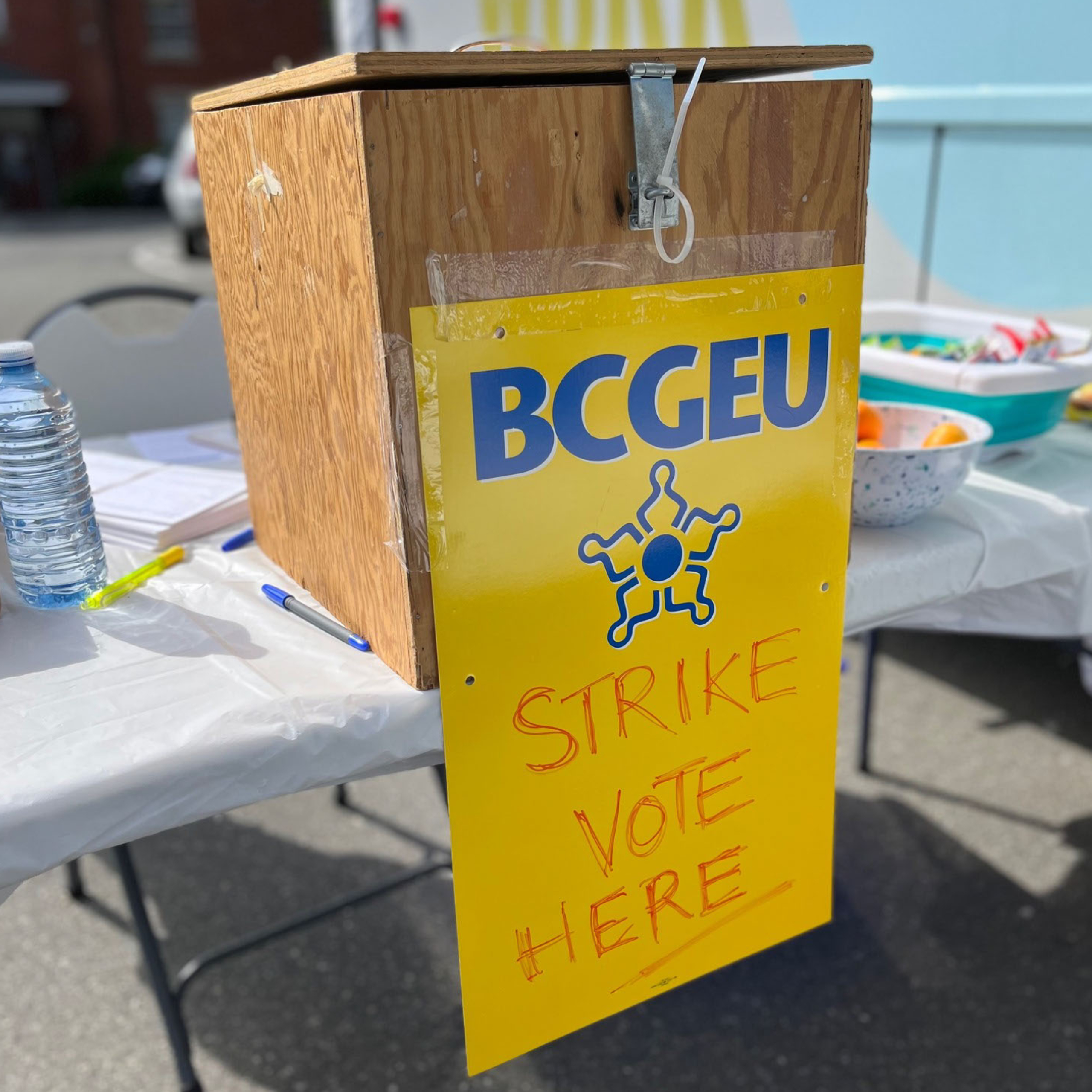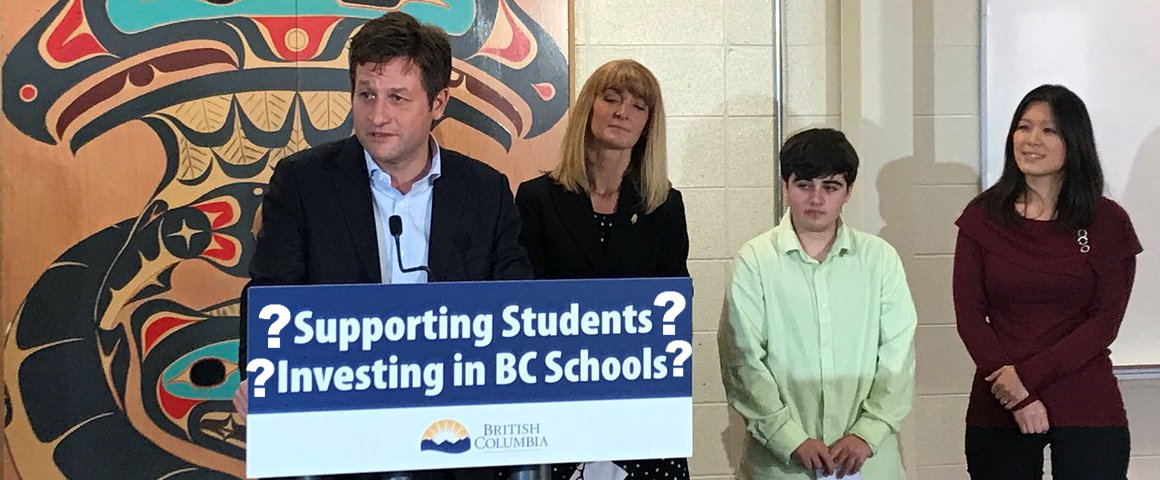PV Vancouver Bureau
The crisis facing British Columbia’s public school system continues this fall. Even as students and teachers went back to the classrooms, school trustees across the province are wrestling with difficult school closure decisions, forced by years of under-funding under the Liberal governments of premiers Gordon Campbell and Christy Clark.
With the next BC election looming in May 2017, the Liberals keep throwing dust in the air, to prevent voters from getting a clear understanding of the situation. Once again, the Liberal line is that the province is spending “record amounts of money” on public education – even while Education Minister Bernier and the Premier dole out tiny grants to save a handful of small schools in rural areas represented by Liberal MLAs.
Fortunately, the BC office of the Canadian Centre for Policy Alternatives has put together research materials which demolish the Liberal propaganda. And surprisingly, even the right-wing Fraser Institute, which has done more than any other group to undermine public education in BC over the past three decades, recently agreed that, just as the CCPA has long pointed out, per student funding here is about $1000 lower per capita than the Canadian provincial average. In other words, the school system in BC suffers from an annual shortfall in the range of $500 million, with devastating consequences for classroom learning and teaching conditions.
Here are some facts and figures from the CCPA-BC:
* Despite provincial government claims that education funding is “at record levels” funding has actually shrunk substantially as a share of BC’s overall economic pie, and fallen almost $1,000 per student below the Canadian average. Meanwhile, enrolment is projected to rise; the government estimates that there will be 40,000 more students by 2024.
* At least half of BC’s local school boards have faced budget crises this year, with many forced to close schools and impose other cutbacks to balance their budgets as required by provincial law.
* We see a significant drop in the share of total economic resources dedicated to public education. K–12 funding has fallen steadily from 3.3% of BC’s Gross Domestic Product in 2001 to a projected 2.5% in Budget 2016— a 25% decline. Actual operating grants the province sends to school boards fell from 2.8% of GDP in 2001 to 1.9% in Budget 2016.
* This year alone the provincial government declared a $730 million budget surplus, and stashed away another $300 million in a “prosperity fund” (misleadingly linked to LNG). It also sent over $310 million in public tax dollars to fund private schools.
* BC has the second lowest education funding in the country, nearly $1,000 per student lower than the national average, according to 2010/11 data from Statistics Canada. Later school district level numbers from StatsCan confirm that BC continues to lag behind. Enrolment-adjusted school district expenditures increased from 2009 to 2013 by an average of 12.3% across Canada, while BC was at 5.6% (almost zero after inflation(,
* The provincial government has downloaded costs to local school districts, including substantial increases in BC Hydro, Medical Services Plan (MSP), Employment Insurance (EI) and WorkSafeBC rates; the carbon tax; provincially mandated computer network upgrades; a proliferation of new technology in the classroom; as well as the cost of salary and benefit increases for teachers, support staff and administrators. These cost pressures on school districts amounted to a provincial cumulative total of $192 million for 2012/13 to 2014/15.
* Students with special needs and learning challenges benefit from more classroom support. Yet the number of BC classes with four or more students with special learning needs has increased dramatically over the past ten years from around 9,500 to over 16,500.
* Households in BC’s top 1% now pay $41,000 less in tax per year than they did in 2001, and pay a lower overall tax rate than the vast majority of the population.
* Public tax dollars are flowing into private schools at a growing rate, including to elite prep schools that charge $20,000 per year in tuition. Funding for private schools has increased at more three times the rate of public schools over the past ten years, and is projected to reach $358 million in the 2016/17 school year.
* Private schools are subsidized in other ways, including with property tax breaks on their facilities, and a “child care” tax break that parents at prep schools like St. George’s in Vancouver can claim for children’s recess and lunch times.
– See more at: http://www.policynote.ca/education-crisis/#sthash.aFmwHkgS.dpuf




